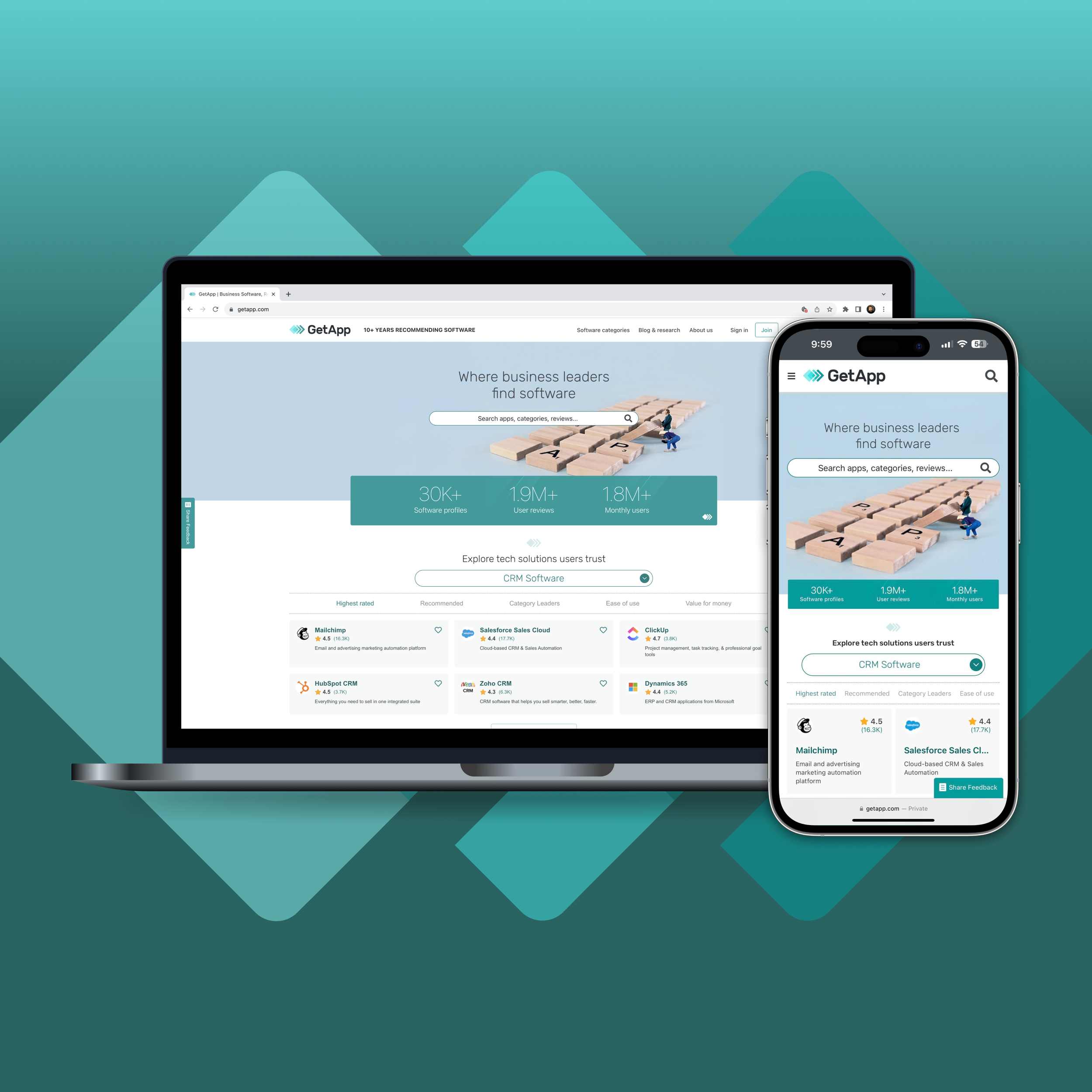
GMU DIVERSITY IN PSYCHOLOGY
Winner of Spring 2019 Usabilathon Competition
COMPETITION INTRODUCTION
In the Spring of 2019, as I was deeply immersed in my Masters degree in Human Factors and Applied Cognition at George Mason University (GMU), a unique opportunity knocked at my door: the Usabilathon competition. What immediately drew me to this challenge was not just the scope of the project or the competitive nature, but the profound impact it promised. Advocating for diversity and inclusion has always been a core value of mine, and here was a chance to make a tangible difference in promoting these values within the university's psychology department.
THE CHALLENGE
The Diversity in Psychology committee had a pressing issue; their website was not meeting the needs of its diverse student body. Over the three-week span of the Usabilathon, our goal was crystal clear: redesign this website to truly resonate with and cater to this diverse group. Beyond the technical goals of improving usability and appearance, lay the deeper objective of ensuring that every student felt seen, heard, and included.
MY RESEARCH PROCESS
EMPATHIZE
Understanding our users was paramount. We delved deep into the survey data obtained by GMU's psychology department, making sure to not just view the users as numbers, but to really grasp their needs and aspirations.
Figure 1: Survey data was gathered prior to the launch of the competition.
DEFINE
From the comprehensive survey data we gathered on diversity within the Department of Psychology at GMU, we carefully crafted user personas.
Rather than mere fictitious characters, these personas, like the one depicted in Figure 2, embodied the genuine needs, hopes, and challenges of the diverse student community we aimed to serve.
Figure 2: Hypothetical user persona of a psychology student at GMU.
IDEATE
With our newfound insights, the brainstorming commenced. Ideas flowed about inclusion, committee representation, educational resources, diversity awards, and so much more.
Figure 3: Paper wireframe of the Diversity in Psychology website.
PROTOTYPE
This was a turning point. It was here that my foundational understanding of prototyping truly came alive. We used the current site as our base but aimed to breathe new life into it with an enhanced information architecture.
TEST
We didn't rest on our assumptions. Employing the standards of ISO 9241, we subjected our initial prototype to stringent usability tests. This deep dive illuminated areas ripe for enhancement. After addressing the identified issues and retesting, we refined our design to its final form.
This polished prototype highlights the Psychology Department's unwavering dedication to diversity, offering clear pathways for both students and faculty to report discrimination, access educational resources, connect with diverse GMU groups, and explore diversity awards and research. All of this was nested within an information architecture designed for both intuition and effectiveness.
REFLECTION
Constraints and growth
Balancing the Usabilathon's demanding requirements with our academic responsibilities was no small feat. Our team, operating independently and under a tight deadline of only 3 weeks, had to be strategic in our approach. But it was in navigating these constraints that our collaboration shone brightest. We divided tasks, leaned on each other's strengths, and kept our shared vision of inclusivity at the forefront.
One significant learning moment was recognizing the importance of design of experiments. It's one thing to study a concept, but to apply it in a real-world scenario, to see its impact, that's transformative.
The culmination
After multiple iterations and constant refinement, our redesigned Diversity in Psychology website was not just a product, but a testament to our collective passion and effort. We emphasized the department's dedication to diversity, provided clear avenues for reporting discrimination, and showcased the various awards, resources, and groups that championed inclusivity.
Our efforts didn't go unnoticed. Our design not only won the competition but was also chosen to be the face of the Diversity in Psychology initiative.
Thank you for learning about the Diversity in Psychology project.
The Usabilathon challenge was more than just a competition to me. It was a journey of personal and professional growth, of applying theoretical knowledge to a cause of immense value.
If my story resonates with you and you believe in crafting people-centric solutions that make a genuine difference, I'd be honored to bring my passion and skills to your team.
READ MORE OF MY CASE STUDIES
Capterra’s Mobile Usability Initiative







